


Artist Walton Ford describes John James Audubon as "more NRA guy than Audubon Society guy," with anecdotes about Audubon's reckless abuse of the birds whose images he painted. The original watercolor painting of the Audubon print here, of the Passenger Pigeon, is the only one of Audubon's works known to have been painted in Pittsburgh. It was part of a 2003-04 exhibit at the University of Pittsburgh Art Gallery, called "This Taking Flight: Selected Prints from John James Audubon's Birds of America."
The passenger (or wild) pigeon was once the most common bird in North America, sometimes passing through the sky in enormous flocks of up to two billion birds, a mile wide and 300 miles long. There may have been five billion passenger pigeons in the United States at one time – now there are none. Pigeon meat was commercialized as an inexpensive food for slaves and the poor, so they were hunted on a massive scale, and they lost their habitat as Europeans settled across the country. The bird thought to be the last passenger pigeon, named Martha, died on September 1, 1914, in Cincinnati, Ohio.
Tourtre, tourte, pigeon migrateur. The Lenape called it amimi, the Ojibwe omiimii. Passenger pigeon in English derives from the French word passager, meaning to pass by.
Walton Ford's artwork reminds us of the decimation of various species in times prior to our own. I wonder if he has painted the passenger pigeon? The carving here is by master bird carver Matt Cormons, of Parksley, Virginia.
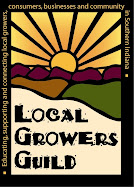























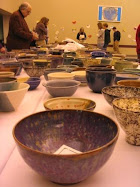




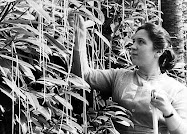


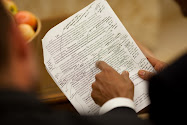
























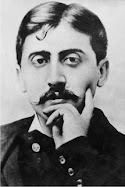






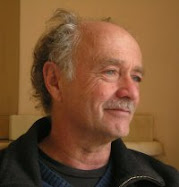











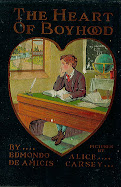





















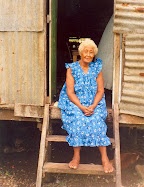





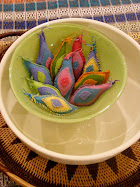




















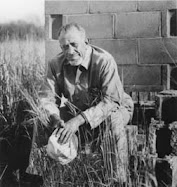









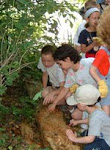.jpg)














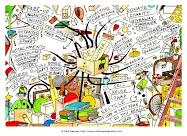






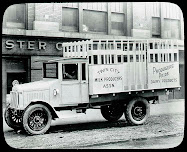





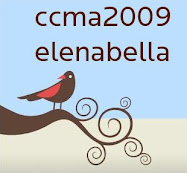














































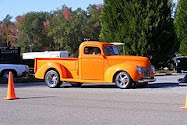













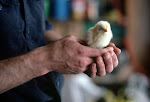
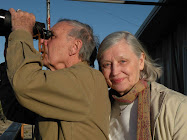
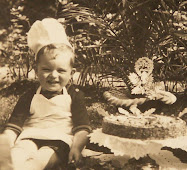














































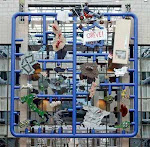.jpg)








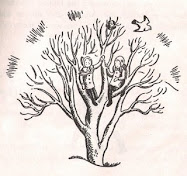







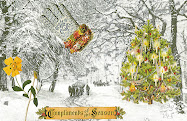



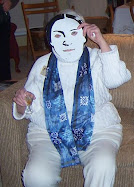









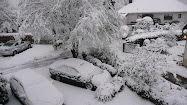






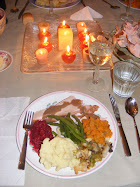




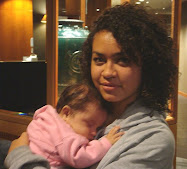






























































No comments:
Post a Comment